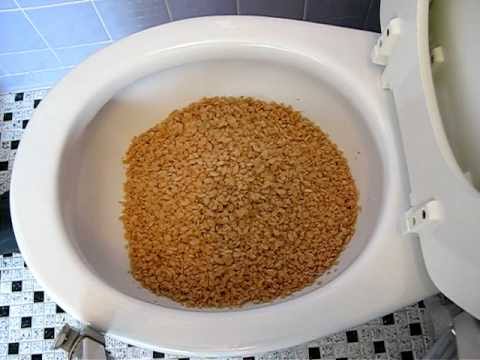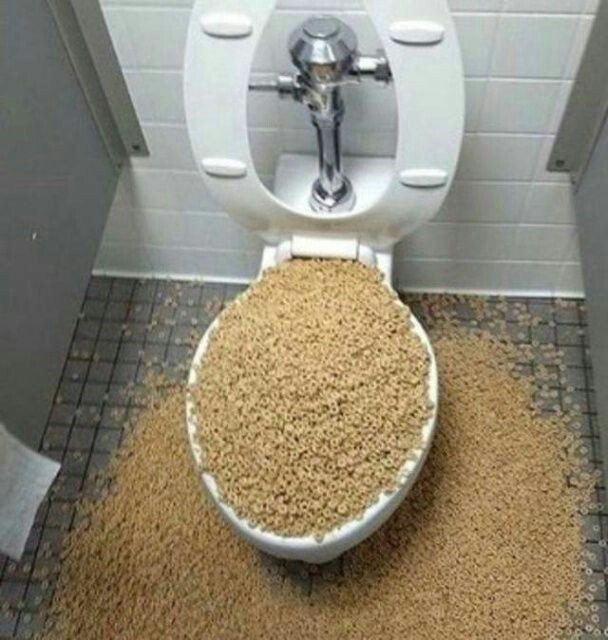Is it Safe to Flush Food in the Toilet?
Is it Safe to Flush Food in the Toilet?
Blog Article
This article on the next paragraphs about Flushing Food Down the Toilet? is exceedingly captivating. Read it yourself and figure out what you think of it.

Intro
Lots of people are frequently faced with the predicament of what to do with food waste, especially when it comes to leftovers or scraps. One typical question that emerges is whether it's all right to flush food down the toilet. In this article, we'll explore the reasons people might think about purging food, the consequences of doing so, and different techniques for correct disposal.
Reasons people could think about flushing food
Lack of recognition
Some people might not be aware of the potential harm triggered by purging food down the commode. They might incorrectly think that it's a harmless practice.
Benefit
Purging food down the toilet may look like a quick and very easy option to getting rid of undesirable scraps, particularly when there's no neighboring trash bin readily available.
Laziness
In some cases, individuals may just pick to flush food out of sheer negligence, without taking into consideration the consequences of their actions.
Repercussions of flushing food down the toilet
Environmental impact
Food waste that ends up in waterways can contribute to air pollution and harm water environments. Additionally, the water made use of to purge food can strain water sources.
Pipes problems
Purging food can bring about blocked pipes and drains pipes, causing pricey pipes repair services and aggravations.
Types of food that should not be flushed
Fibrous foods
Foods with fibrous textures such as celery or corn husks can get tangled in pipes and cause blockages.
Starchy foods
Starchy foods like pasta and rice can soak up water and swell, causing blockages in pipelines.
Oils and fats
Greasy foods like bacon or cooking oils must never be purged down the toilet as they can solidify and create obstructions.
Appropriate disposal approaches for food waste
Making use of a garbage disposal
For homes outfitted with garbage disposals, food scraps can be ground up and purged through the plumbing system. However, not all foods appropriate for disposal in this manner.
Recycling
Certain food packaging products can be recycled, minimizing waste and minimizing environmental influence.
Composting
Composting is a green means to deal with food waste. Organic products can be composted and used to improve dirt for horticulture.
The value of appropriate waste monitoring
Decreasing ecological harm
Correct waste monitoring methods, such as composting and recycling, aid lessen contamination and protect natural deposits for future generations.
Securing plumbing systems
By avoiding the method of flushing food down the commode, home owners can avoid pricey pipes fixings and preserve the integrity of their plumbing systems.
Conclusion
Finally, while it might be tempting to purge food down the bathroom for comfort, it is very important to comprehend the prospective effects of this activity. By taking on appropriate waste administration practices and throwing away food waste responsibly, people can contribute to much healthier plumbing systems and a cleaner atmosphere for all.
FLUSH FOOD DOWN THE TOILET?
FLUSHING FOOD CAN CAUSE BLOCKED DRAINS IN YOUR HOME
All of the plumbing fixtures in your home are connected to the same sewer pipe outside of your home. This outdoor sewer pipe is responsible for transporting all the wastewater from your home to the Council sewer mains. Even small pieces of food that go down the kitchen sink can cause problems for your sewer. It should therefore be obvious that flushing larger bits of food, such as meat, risks a clog in either the toilet itself or the sewer pipes. Flushing greasy food is even more problematic because oil coagulates when it cools, coating the interior lining of your pipes.
THE TOILET IS NOT A BIN
Food isn’t the only thing that people shouldn’t be flushing down the toilet. People use the toilet to dispose of all kinds of things such as tampons, makeup wipes, dental floss, kitty litter and even underwear. Water goes to great lengths to educate residents about the high costs and stress placed on wastewater treatment systems simply from people flushing the wrong stuff down the toilet. It costs taxpayers millions of dollars each year, and homeowners thousands in blocked drain repairs.
FLUSHING FOOD IS A WASTE OF WATER
Flushing food is a waste of our most precious resource - water. In June this year Level 1 water restrictions were introduced to protect water supply from drought conditions. Much of New South Wales continues to be affected by prolonged drought with recent figures revealing up to 97 per cent of the state remains in drought. Depending on whether you have a single or dual flush toilet, every single flush uses between five and 11 litres of water. In the current climate this is a huge amount of water to be wasting on flushing food that should be placed in the bin (or better yet, the compost).
https://www.jabplumbingsolutions.com.au/blog/can-you-flush-food-down-the-toilet

Do you enjoy more info about ? Give a review directly below. We would be pleased to see your reactions about this review. We hope that you visit us again soon. Sharing is good. Helping people is fun. We appreciate reading our article about Think Twice Before Flushing Food Down Your Toilet.
Additional Resources Report this page